Kia Seltos review and buyer's guide
If you’re thinking about buying a small SUV, the Kia Seltos is a well-built, reliable example, with engine choices between ordinary daily commuting or sportier driving. See if the affordable, frugal Seltos is right for you.
Kia Seltos is a very good small SUV that has become borderline excellent because it offers a newer generation of drivers an economical, affordable and modern-looking package that is practical enough for daily commuting.
Seltos has an Australian-designed suspension tune and offers you the choice of a subdued-yet-frugal engine or a more performance-oriented one. But this vehicle does have some niggles we’ll address.
Seltos is an overall high-grade family-conscious vehicle, it won’t annoy you like the old one did, but you’ll need to buy the right one. We’ll get to that.
Check out my full interview with Kia Australia’s genius suspension and handling engineer Graeme Gambold here >> if you want to understand the technical nature of redesigning a car’s underlying on-road behaviour. Otherwise, let’s get stuck into the Seltos.
A new Kia Seltos is coming in late 2026…
By the fourth quarter of 2026 an all-new Kia Seltos will go on sale in Australia, replacing what is a surprisingly old platform in the context of sales ramping up into 2027.
At that point it launches in 2026, Seltos will be a 9/10-year-old vehicle, and when Kia Australia says “all-new” they really mean it.
Local suspension tuning is to commence in early 2026
- Kia Australia
This means that among the small SUV crowd, Mitsubishi ASX, Mazda CX-30, the Subaru Crosstrek, Toyota Corolla Cross, MG ZS and the Haval Jolion, save for the Hyundai Kona, the Kia Seltos will be the only one with a unique Aussie ride and handling tune.
The overall size of Seltos is going to go in the same direction every single new car has gone for the last 25 years: bigger in all dimensions, including mass.
Seltos will be 1 per cent longer, 1 per cent wider, 2 per cent taller and 2 per cent longer in the wheelbase. All of this size increase means by default that it’ll definitely be heavier in the same way the first generation of Hyundai Kona gained about 78kg in the second generation.
The new Seltos will be technically all-new for it as far as being a Kia product, but it’ll still be built on the same platform shared with the Hyundai Kona - hence the weight comparison. Kona is currently available in combustion only, hybrid, and all-electric versions, which is what you should expect from the new Seltos.
The current generation of Kona is a product that launched back in 2022 and was designed from its inception as an electric vehicle platform adapted to accommodate combustion as well. This is in contrast to the combustion-first design of the previous generation which was adapted to a battery-motor powertrain.
Seltos will share the same powertrains we’ve become familiar with in Hyundai and Kia products in the last five years. It’ll use the 1.6 turbocharged petrol hybrid, and the 1.6kWh lithium-ion battery as used in the Kona Electric. But there’s more to it.
There’ll be a 1.6-litre T-GDI turbocharged petrol engine making 132kW, with a sporty 7-speed dual-clutch transmission — but also with a 6-speed manual available! They’re saying this will be the ‘standard output’ engine choice, with a ‘high output’ tune being made available.
The high output powertrain will generate 142kW from the same engine mated to an 8-speed epicyclic auto.
An entry-level 109kW powertrain will also be available, presumably for the poverty pack Seltos ‘S’ variant. This will most likley retain the current CVT used in the current Seltos.
Key features they’ve said are coming include a wide panoramic sunroof, a customizable 64-colour mood lighting arrangement, some second-row reclining seats that adjust 12 degrees forward and backward, and either a premium Harman Kardon and Bose audio systems (depending on which spec you go for, presumably).
A heads-up display will be available (presumably on the top-spec version), as well as a raft of the other driver-distracting psuedo-safety equipment, depending on how serious EuroNCAP is on changing its ways.
Safe exit warning and a surround view monitor will be welcome inclusions, and so too will be the knowledge that the luggage space in the boot is going to grow to 536 litres - which truly is class leading. In fact, that’s similar to what a previous-generation Subaru Forester used to offer.
Speaking of, front-wheel drive will be reserved for lower-spec variants while on-demand all-wheel drive will be available (with multi-link rear suspension and terrain msodes like ‘snow’, ‘mud’ and ‘sand’) will be available as well, most likely on the new X-Line variant.
X-Line, as debuted on the Kia Tasman dual-cab ute, seems like a direct attempt to challenge Subaru Crosstrek. So we’ll have to wait and see how well it competes against the symmetrical all-wheel drive king.
And it will be a wait for Australia to finally get the new Seltos, after India, Korea, North America, Europe and China. Australia, dead last, again. At least it doesn’t look like the Tasman.
FEATURES AND PRICING
Putting aside purely cosmetic changes like the foglights and front/rear lights, grille and bumper designs, the Seltos ‘S’ base model now gets 16-inch alloy wheels where they were previously steel. The rest of the range also gets new machine-finished alloy wheel designs.
Here is a spec-by-spec breakdown of the 4-tier Seltos range so that you can identify what comes as standard and what you’ll get as you stump up more.
Seltos S gets as standard:
DRIVING
Tyre pressure monitoring
Electric folding door mirrors
Halogen headlights and daytime running lights
Basic cruise control
4.2-inch driver’s display
Front & rear parking sensors, rearview camera with dynamic guidelines
Manual parking brake
Autonomous Emergency Braking
INTERIOR
8-inch infotainment touchscreen
6-speaker stereo
Wireless Apple CarPlay & Android Auto
Manual air conditioning
Row 2 vents
EXTERIOR
16-inch alloy wheels (space-saver spare)
Roof rails
Seltos Sport then adds:
DRIVING
Auto defog system
10.25-inch driver’s display screen
Windscreen & front window solar treatment
INTERIOR
Dual-zone climate control
DAB+ digital radio, ambient soundscape (Hyundai & Kia call it ‘Sounds of Nature’)
10.25-inch infotainment touchscreen
Wired Apple CarPlay & Android Auto
Satnav with 10-year map updates
‘Premium’ steering wheel and transmission shifter
Auto up/down driver’s window
Dual USB charge ports (front: 1x USB-A, 1x USB-C), dual row-2 USB-C charge ports
EXTERIOR
17-inch alloy wheels (full-size spare)
Then the Sport+ gets:
DRIVING
Adaptive cruise control
Rear view mirror (auto dimming)
Driver Attention Alert
Lead Vehicle Departure Alert
Autonomous Emergency Braking (incl. junction assist
INTERIOR
Cloth and artificial leather trim seats
Front sliding centre console armrest, rear centre armrest (2 x cup holders)
LED cabin lighting, illuminated vanity mirrors
Row 2 seat-rear storage pocket
EXTERIOR
Smart key with push button start and remote engine start
Heated door mirrors
Rear privacy glass
And the GT-Line finishes with:
INTERIOR
DRIVING
Head-up display
Rain sensing front wipers
LED: headlights, parkers, taillights (but still halogen indicators), daytime running lights
Heated & ventilated front seats
8-speaker BOSE premium sound system
Wireless phone charging
Premium flat-bottom steering wheel and transmission shifter
Heated steering wheel
10-way electric driver’s seat adjustment, memory seat position
8-way electric front passenger seat
Leather seat trim
Parcel shelf, ambient lighting
EXTERIOR
Electric tailgate (height adjustable)
Sunroof
18-inch alloys (full-size spare)
Inside, analogue gauges are out, and fully digital displays are in, across all variants. The base model ‘S’ gets a smaller digital driver’s display, while everything up from Sport gets the bigger and dual 10.25-inch screens. Happily, Kia has left the climate control panel as a separate button and dial-only affair, meaning you don’t need to get distracted to death just to change the temperate.
Safety assistance features now standard are:
Parking sensors front and rear;
Something called ‘intelligent speed limit assist’ which is just recognition of speed limit signage;
Lane following assist, which should be called ‘lane centring’ because that’s what it does - it centres the vehicle in your current lane (plus, following is when you’re proceeding something else, or something else precedes you);
Rear-cross traffic collision avoidance, which will apply the brakes if you’re about to crash while reversing; and
Blind-spot collision avoidance, which is basically the same thing, but for unwittingly merging into another vehicle already in your blind spot.
Some initial observations about how the new version differs from the first-generation Seltos.
In the base model ‘S’ you get more luggage space, particularly in normal 5-seat mode (with the rear seats up) - you get 8 per cent more cargo volume than the ‘Sport’, ‘Sport+’ and ‘GT-Line’, owing to the lower floor courtesy of the space-saver and the fractionally greater overall length compared with the previous version.
The ‘GT-Line’ also now gets a powered driver’s seat with two memory positions, a ‘smart’ power tailgate and a flat-bottom steering wheel, in addition to things like heated/cooled front seats, heated steering wheel, wireless phone charging, a premium eight-speaker Bose stereo, what Kia calls ‘Sound Mood Interior Lighting’, and a heads-up display.
For some strange reason, on GT-Line you can also have a tilt/slide sunroof, but not with the (no-cost) two-tone paint option, despite paying a $5700 premium over the Sport+. Thou shalt not have both. One must choose and stick with it. My suggestion: always go sunroof - at least it’s functional, where two-tone colour will date.
In S and Sport you still get an old school folding turn-key and corresponding ignition, whereas in Sport+ up - it’s push-button start, proxy key and remote engine start.
You can also choose to have Seltos in GT-Line front-wheel drive (with the two-litre engine) for $44,590 (driveaway) or GT-Line all-wheel drive (with the turbo 1.6) for another $3100 which also gives you a lockable AWD system to keep all four wheel turning independently until deactivated.
Here’s the original full-length road test report on Seltos, back when it was entirely new to market in 2019.
Most of these evaluations still pertain to the current model. For those that don’t, there’s a shortlist of what’s changed for the Seltos in the years since, written report below.
But it’s essentially the same fundamental vehicle underneath.
Three drivelines:
2WD Front-wheel drive only with 7-spd CVT, with 2.0-litre petrol 4-cylinder (S, Sport, Sport+)
2WD + auto Front-wheel drive only with 8-spd epicyclic auto transmission, with 2.0-litre petrol 4-cylinder (Sport+)
AWD On-demand all-wheel drive with 1.6-litre 4-cylinder, 8-spd epicyclic auto (Sport+, GT Line)
Four model variants:
S 2.0L 4-cyl petrol with 7-spd CVT, 2WD - $25,990 drive-away
Sport 2.0L 4-cyl petrol with 7-spd CVT, 2WD - $29,490 drive-away
Sport+ 2.0L 4-cyl petrol with 7-spd CVT, 2WD -$32,990 drive-away - or 1.6L 4-cyl turbo-petrol with 7-spd CVT dual-clutch, AWD -$36,490 drive-away
GT Line 1.6L 4-cyl turbocharged petrol with 7-spd DCT, AWD-only - $41,990 drive-away
Kia Seltos general specs
Transmission: 7 sp CVT (2.0L) or 7 sp epicyclic auto (1.6L)
Manufactured: South Korea
Length: 4385 mm
Width: 1800 mm
Height: 1630 mm
Wheelbase: 2630mm
Tare weight: 1375kg (2.0L) / 1495kg (1.6L)
Max tow capacity: 1250kg (1.6L braked)
Seating Capacity: Up to five
Warranty: 7 years / unlimited km
Spare wheel: Temporary (16”) / full size alloy (17” / 18”)
Fuel tank: 50 litres
Luggage: ‘S’ 468L (rear seats up), 1428L (rear seats down); Sport-up 433L (rear seats us), 1393L (rear seats down)
Ground clearance: 177mm
DRIVING
The original drive program for Seltos, back in 2019, was on mainly these B and C roads around Noosa, and it remains true today that the body control and steering feedback is excellent. There was probably 90 minutes of freeway driving as well - it’s quiet and composed at 110km/h.
Interestingly enough - this vehicle has a next-generation motor driven power steering assistance system. That means an electrical servo motor provides the steering assistance. It detects input from you, and a computer tells it how much to help. That’s when you’re turning in.
But when you’re on the way out of a bend, MDPS typically defaults to ‘off’ and the self-centring steering effect you feel (if any) is just mechanical control feedback.
But in this system, the motor also provides self-centring feedback assistance. It’s really excellent. It’s a real step up from previous MDPS systems, which sometimes feel as if there’s insufficient self-centring.
It’s a big step - $3700 - to go from S to Sport, but it’s well worth it for a private owner. You get alloys, a full-sized spare, the big centre infotainment screen, SUNA live traffic and 10 years of free map-care updates (and, I’m assured, there are no strings attached to that - you just get the updates when they’re available).
Sport+ is probably the pick of the range - because you get adaptive cruise and the better safety gear standard. Plus front parking sensors, nicer interior, proximity key. And it’s $5500 cheaper than GT-Line, which is loaded with all the nice toys, certainly, but do you really need all that stuff? Probably not. You get a full-sized spare, too except in the based model S. So that’s nice.
I'll help you save thousands on a new Kia Seltos here:
Just fill in this form.
No more car dealership rip-offs.
Greater transparency.
Less stress.
ENGINES
The CVT with 2.0L multi-point petrol engine remains across all Seltos variants. This is probably the engine you’re most likely going to be interested in in the pursuit of fuel economy and general every-day use in traffic, dropping the kids at school and maybe occasionally taking the longer drive to visit friends and family.
The 2-litre engine is okay, but is a bit sluggish and underwhelming, especially when you compare it to the 1.6 turbo. The sluggishness is also a symptom of the CVT transmission working in concert. So if you like to actually drive, don’t bother with the garden variety 2-litre. Go for the 1.6 - you’ll be much more impressed. Why is this?
Well, the CVT (combined with two-litre multi-point petrol engine) is not gone, but Kia has dropped the 7-speed dual-clutch transmission in favour of the 8-speed epicyclic automatic transmission we know from the Kia Sportage diesel.
Put simply, Kia could afford to rid Seltos of the DCT combo with the 1.6-turbo-petrol which, much like in the Kona, was clunky, hesitant and overall unrefined. It’s suspected Kia did this to make Seltos more appealing to a wider array of buyers who probably aren’t looking for outright performance in such a vehicle but will certainly complain if the vehicle can’t do basic driving manouvres around town - which that dual-clutch + 1.6-turbo sucked at.
Thankfully, with a bunch of hybrids and pure battery EVs now entering the market, this lowers the corporate average fuel economy across all Kia’s models. This means, therefore, the wrong-footed DCT can (despite being a 6-10 per cent more fuel efficient transmission than a torque converter-based epicyclic auto) can be dropped in favour of the smoother but thirstier epicyclic auto.
Ditching the DCT in place of a nicer-driving epicyclic auto means Seltos can afford to consume a bit more fuel now that the EVs can maintain the emissions balance Kia needs. But that better-driving transmission is with the primo engine. The CVT is designed for fuel economy.
CVT is a continuously variable transmission, where two pulleys with a steel chain or belt are constantly being adjusted to provide the required gearing based on your throttle inputs and road speed.
The point of a CVT is to put the engine into the ‘power band’ which offers you peak power at virtually all times - prioritising high demands like heavy throttle applications. Compared to an epicyclic auto, CVTs are more-of-less- always in revving in the power band so you don’t waste fuel using a torque converter and trying to get the vehicle up to the peak revs. It’s already there.
For this reason, some people complain (usually unfairly) about CVTs having a ‘drone’ affect, because they’re always making noise. Once you understand how a CVT works, it’s more pallatable. The CVT in Seltos is generally okay, it drives fairly smoothly and isn’t awful, but you do need to drive in a ‘predictable’ manner so that the computer doesn’t become confused.
What this means is the vehicle is constantly being fed information by you, via the throttle, which tells the engine and transmission what you need it to do. If you’re constantly feeding the computer wrong signals, like high throttle input, it naturally thinks you need a lower gear, more revs, more power, to go faster. Doing this takes a couple of split-seconds.
But if you are continually altering your throttle position and reacting to traffic ahead, the computer can be in the middle of answering to your previous demand while you’re already issuing another command. This isn’t a flaw - it’s just the nuance of a CVT, which is only responding to what you tell it to do.
Smooth, predictable driving inputs will mean you get excellent fuel economy and the vehicle will be a peach to drive in traffic, around the suburbs and along the highway.
Which engine should you pick?
You’re strongly encouraged to buy the 1.6 turbo if sporty, engaging driving matters to you.
The CVT that goes with the 2.0-litre is a little bit frustrating for enthusiastic driving. It displays this noticeable re-engagement lag, getting on the gas when you clip an apex and want to start feeding the power on smoothly.
If you don’t know what that means, the 2.0-litre will be fine. It’s totally adequate for normal driving - just like a Subaru Crosstrek.
The two engines you are these:
Two engines:
2.0-litre multi-point fuel injected petrol 4-cylinder, dual continuous variable valve timing.
In S, Sport or Sport+.1.6-litre turbo gasoline direct injection, dual continuous variable valve timing.
In Sport + or GT-Line.Click to enlarge the detail (right)
Two transmissions:
Seven-speed continuously variable transmission (CVT)
Eight-speed epicyclic automatic transmission
Get the Kia Seltos brochure here >> and you can also download the Kia Seltos spec sheet here >> to cut out the pretty pictures and get straight to the data.
SAFETY
If you want a thorough safety analysis of the Kia Seltos, you have two sources, one which is far more compitent at this caper than the other.
There’s the very good IIHS Kia Seltos crash testing report here >> or the overly complicated rating system implemented by ANCAP (and paid for by Australia taxpayers) which you can find here for Kia Seltos >>
Put simply, the Seltos meets all of the key crash testing safety standards of both organisations. Only the IIHS provided actual footage and images of its most recent rating, whereas ANCAP has seemingly used old 2019 testing data to compile the rating for the models 2022-onwards when a different set of testing protocols applied.
The IIHS tested Seltos in 2021 in the small overlap test, and updates its rating every year to maintain relevance. In 2021, the bulky of Seltos testing was conducted and found Seltos only received a ‘poor’ rating for certain lower-trim models in regard to headlights. In all destructive tests, it received a full board of ‘good’ scores - green across the board.
Pictured above is a shot of the small overlap test conducted in the US on Seltos, where it passed with good marks. and below is what that kind of common crash might look like at 60km/h where two vehicles clip each other heading in opposite directions down a main street, for example.
Below is what the cabin space’s crash structure does to save your life in the event of such a momentary lapse in competence, attention and cognition, whoever’s fault that may be.
According to the IIHS, the safety cell did its job, meaning the:
driver's space was maintained well, and risk of injuries to the dummy's legs and feet was low
Meanwhile, during the 300 milliseconds a typical crash lasts for, engineering saved your bacon. The perfectly executed pyrotechnic choreography between the airbags, and the seatbelt tensioners, meant they:
worked well together to keep the head from coming close to any stiff structure or outside objects that could cause injury
But over at ANCAP, Seltos does not get quite the same rap sheet. Firstly, the frontal offset crash test was conducted back in 2019 at the 64km/h parameter, which is reduced to 50km/h in the two more recent updated protocol sets (2020-22 & 2023-25). This means Seltos was, in this specific test, subjected to a much harsher and more destructive condition in 2019 than its contemporaries kicking it today which have been tested 21 per cent slower. Keep that in mind.
Seltos passed in the frontal offset test but with a ‘weak’ score for the driver’s lower leg protection. In the 50km/h full width test, the driver’s pelvis was not restrained enough to prevent it from submarining under the lap section of the seatbelt.
There were also points deducted for child protection in that same frontal offset test where neck injuries would’ve been sustained, as per the loads imposed on the 10-year-old child dummy. You can see below how the seatbelt slips up high over the shoulder and into the neck and collar bone region.
Again, this doesn’t strictly relegate Seltos to deathtrap status overall because what’s bean measured here is survivability. And both dummies do survive, albeit with greater injuries and longer recovery than would be ideal.
For what it’s worth, in the side impact test, which simulates being struck side-on by another car (emphasis on car, not an SUV or ute like they do in the US) weighing 1400kg at 50km/h, Seltos passed with all green on child protection. Ditto for the driver in that test as well, and you could argue that the side impact test is quite relevant in the context of city driving.
The oblique pole test also saw decent results, although not the perfect full-green verdict. The chest saw a ‘marginal’ score (meaning 1.7 points deducted) and just over half a point was deducted for loads on the pelvis. But again, everybody would walk away.
Even in safety assistance tests, Seltos did really well. A score of 78 per cent is pretty good for such and affordable vehicle. to put all the yellow into context in the report card below, remember that Seltos did actually pass these tests, which are conducted at a variety of speeds between 30-80km/h, with varying levels of overlap, and varying states in the dummy vehicle up ahead.
Seltos passes here and did pretty well, if not excellently. There are no indications Seltos hit the test rig vehicle, because in that 12-metre headway test where the brown box denotes a ‘weak’ score, the parameters for the test related to how quickly the vehicle-under-test (Seltos) can match the speed. So it must’ve just taken a bit longer than is required for a ‘good’ score.
Overall, Seltos is a very safe little SUV with plenty of crash avoidance gear that does actually work and only needs to perform out in the real world once to make itself worthwhile. It’s also your job as a driver to mitigate risk and avoid crashes to begin with. Driving headlong into a concrete wall at 50km/h is il-advised for obvious reasons.
Competitors
Hyundai Kona: Boot space is 361 litres (rear seats up) / 1143 litres (rear seats down) - both less than Seltos Sport to GT-Line (433L/1393L), temporary space saver spare wheel across the range, ground clearance 170mm, shorter than XV/Seltos at 1565mm with roof rails. CVT very well sorted in much the same way the 1.6 turbo-petrol with dual-clutch transmission is. Base Kona and Active are affordably good alternatives, but Kona N-Line will be more performance focussed than Seltos GT-Line. No knee airbag here or in Seltos compared with Subaru XV or CX-30. Get the latest Hyundai Kona review here >>
Subaru Crosstrek: Crosstrek is a compelling case against Seltos if you have a steep driveway, get lots of rain, if you ever visit regional areas with dirt roads, gravel tracks or where frosty mornings can leave black ice on innocent-looking corners. The luggage space is below average, but the permanent symmetrical AWD system (with X-Mode) is one of the best, especially among small SUVs. Good ground clearance at 220mm, pretty much the same height as Seltos 1615mm with roof rails. Subaru’s EyeSight safety suite is also pretty good, but the auto stop-start is unrefined. View more on Subaru Crosstrek here >>
Mazda CX-3: The took a Mazda 2 and jacked it up, basically, and despite being what is a very small SUV, it’s decent, especially inside. The interior is what does the most for people in current-day Mazdas; very comfortable, rather refined, and it’s certainly a nice car to look at from the outside. The boot is much the same as Crosstrek: compromised. But that’s okay if you need a sophisticated, frugal, agile city car that’s quite comfortable taking weekend trips on the freeway or being reverse-parallel parked in tight cobblestoned laneways beside coffee shops. Similar fuel economy, if slightly dear.
Should you buy a medium SUV instead?
Kia Sportage: Seltos is unequivocally not a Sportage replacement; there’s no diesel Seltos and you get less towing capacity despite a greater towball download limit. A diesel Sportage ‘S’ drinks 6.3L per 100km, Seltos does 6.9 (2L CVT) or 7.4 (1.6 turbo-petrol).
Sportage is 275mm longer than Seltos, 65mm narrower and wheelbase is 125mm longer - so passenger space is far more abundant. Boot space is also superior at 543 litres (seats up) / 1829 litres (seats down) - that’s 16 per cent more boot in a Sportage.
Safety assistance features (AEB, radar cruise, lane keeping, forward collision warning) standard across range, but Sportage also gets the front-centre airbag, a post-collision steer/brake function that helps avoid secondary crashes.
So basically, unless you actually need the physical space - specifically - you’re no better off spending more on a Sportage because you’ll derive no actual benefit.
Check out the full Sportage review here >> or my dedicated Sportage powertrain analysis here >>
Seltos gets by default two ISOFIX child restraint anchor points in addition to three top tether points - but good luck getting three across the narrow back seat of any small SUV.
DRAWBACKS
S is for the poverty pack, and a temporary spare is all you get for changing a flat. However, given this is a city car in its primary usage case, you shouldn’t go making this a deal-breaker. Tyre shops are never far off in metro areas, so you’ll likely have multiple opportunities to either get a new tyre or have the old one plugged if possible.
The CVT has noticeable engagement lag when exiting corners and feeding-in throttle - however it is totally adequate for normal driving (as discussed in the transmission section of this report).
Smaller brake rotors front and rear on S and Sport should be noted if you’re going to do lots of city driving and if you (or the primary driver) has a particularly heavy foot. The faster you go, the sooner and harder you’ll have to stop. This means earlier brake pad wear, accelerated wear on brake rotors, more cost. If you drive like a nanna, don’t stress about it.
This current generation of Seltos gained 20kg over the previous model, and the GT-Line version is an extra 25kg heavier. Weight is the car industry’s dirty little secret they don’t want to talk about (because it consumes more fuel etc. Shh…)
Towing capacity sucks
Unbraked, you’ll tow just 600kg and braked it’s a pitiful 1100kg with the 2.0-litre engine, or 1250kg with the 1.6-litre turbo (because apparently this is the little engine that could). Max. towball download is limited to 130kg
So you get less tow capacity than Sportage but more towball download limit, so depending on your trailer, you might be able to tow a trailer with Seltos which you can’t with Sportage.
In Sportage, (braked) it’s 1600kg in the 2.0-litre petrol and 1500kg in the 2.4-litre petrol, and 1900kg in the 2.0-litre diesel, but only 100kg towball download limit versus 130kg in Seltos.
More detail on towing a trailer in Australia >>
Conclusion
A really tidy SUV which isn’t actually that small and doesn’t do much wrong at all, while handling our roads very nicely.
Seltos, even with a silly name, in 1.6-litre turbo guise goes harder than any Sportage could ever hope to, but just remember it is a big jump in price to go up from the 2.0-litre.
Sport+ is probably the pick of the range, but if you’d prefer getting a kick driving around everyday, the Cerato GT will be far sportier than either SUV.
More on Kia Seltos at Kia Australia >>

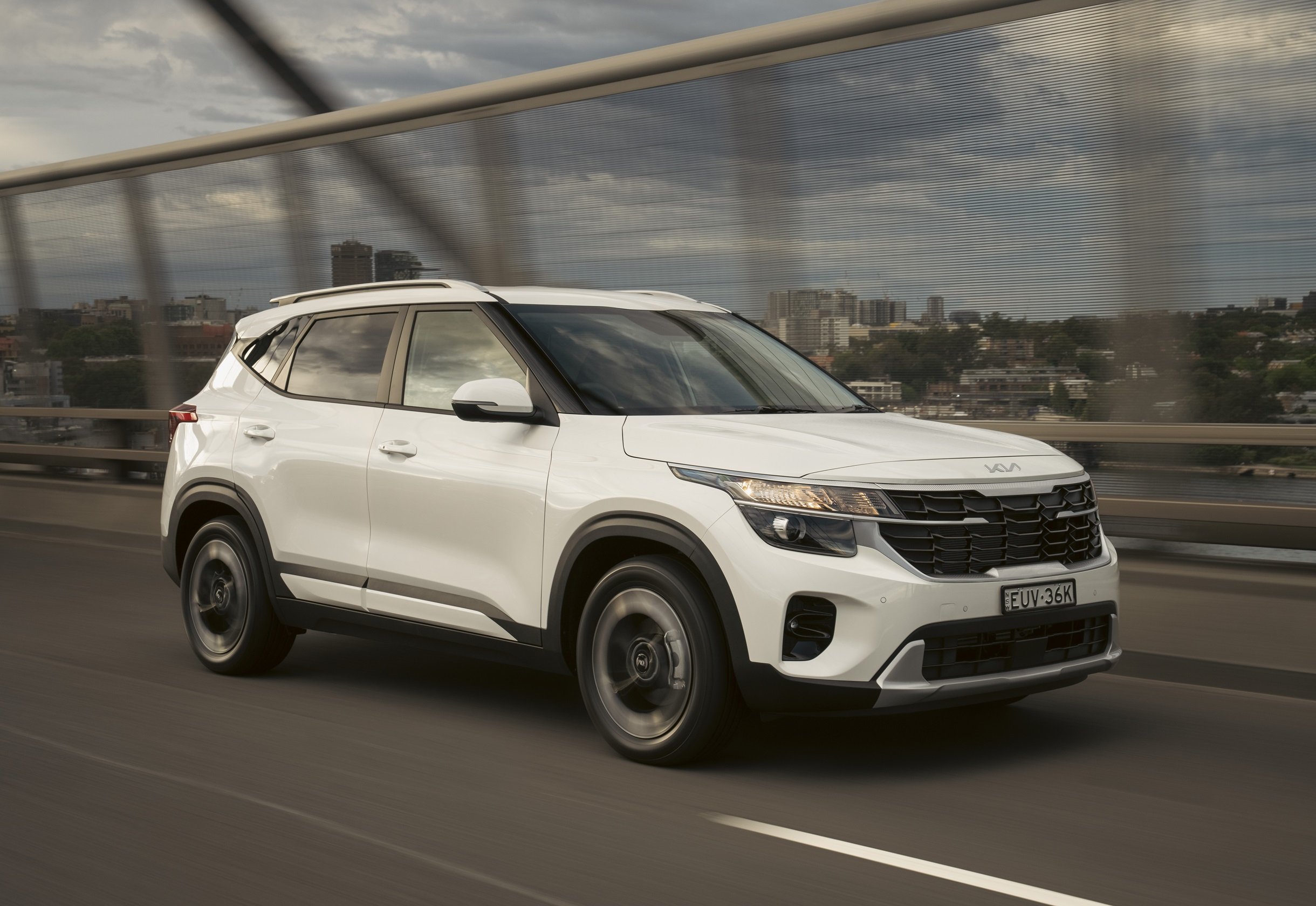







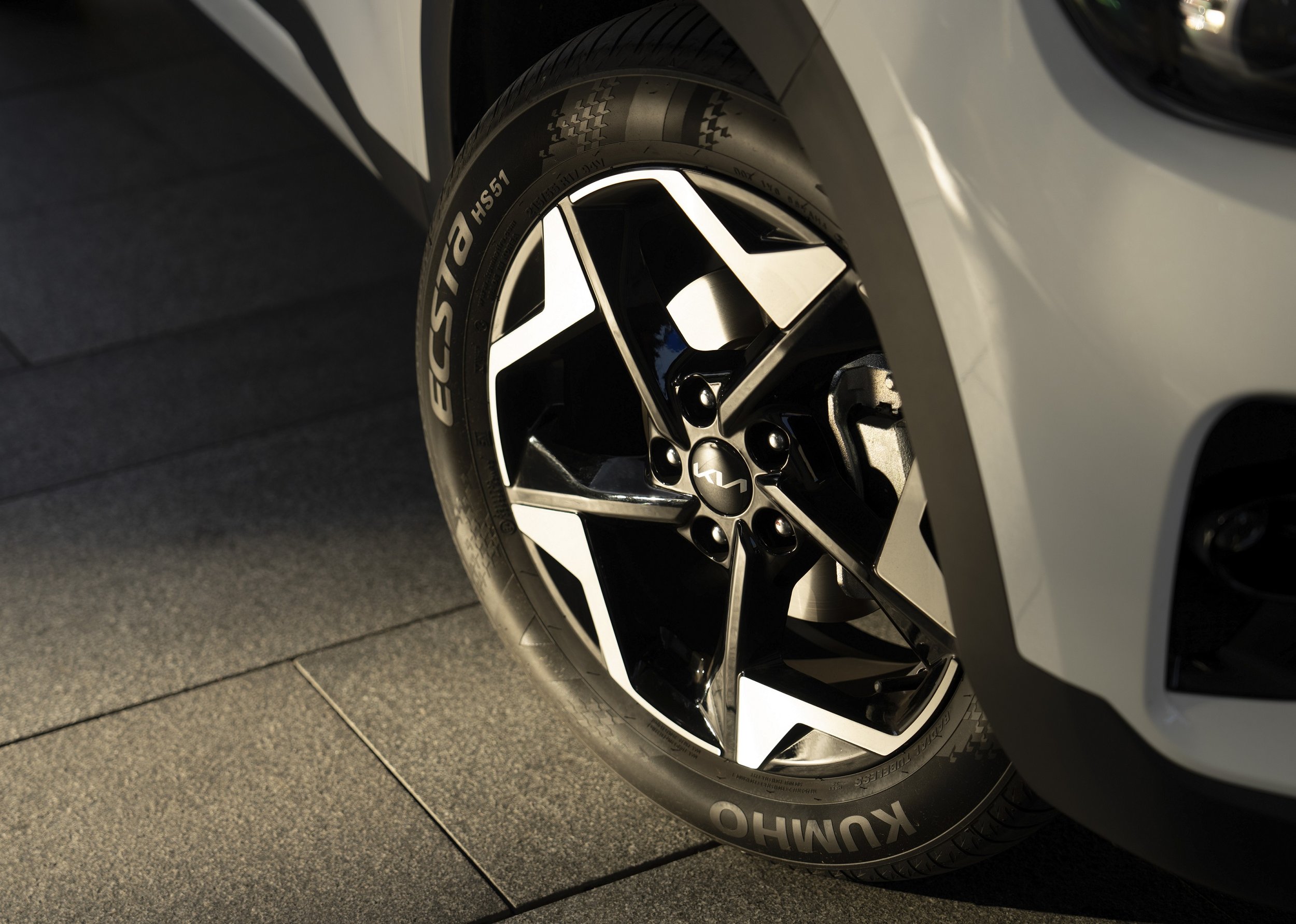








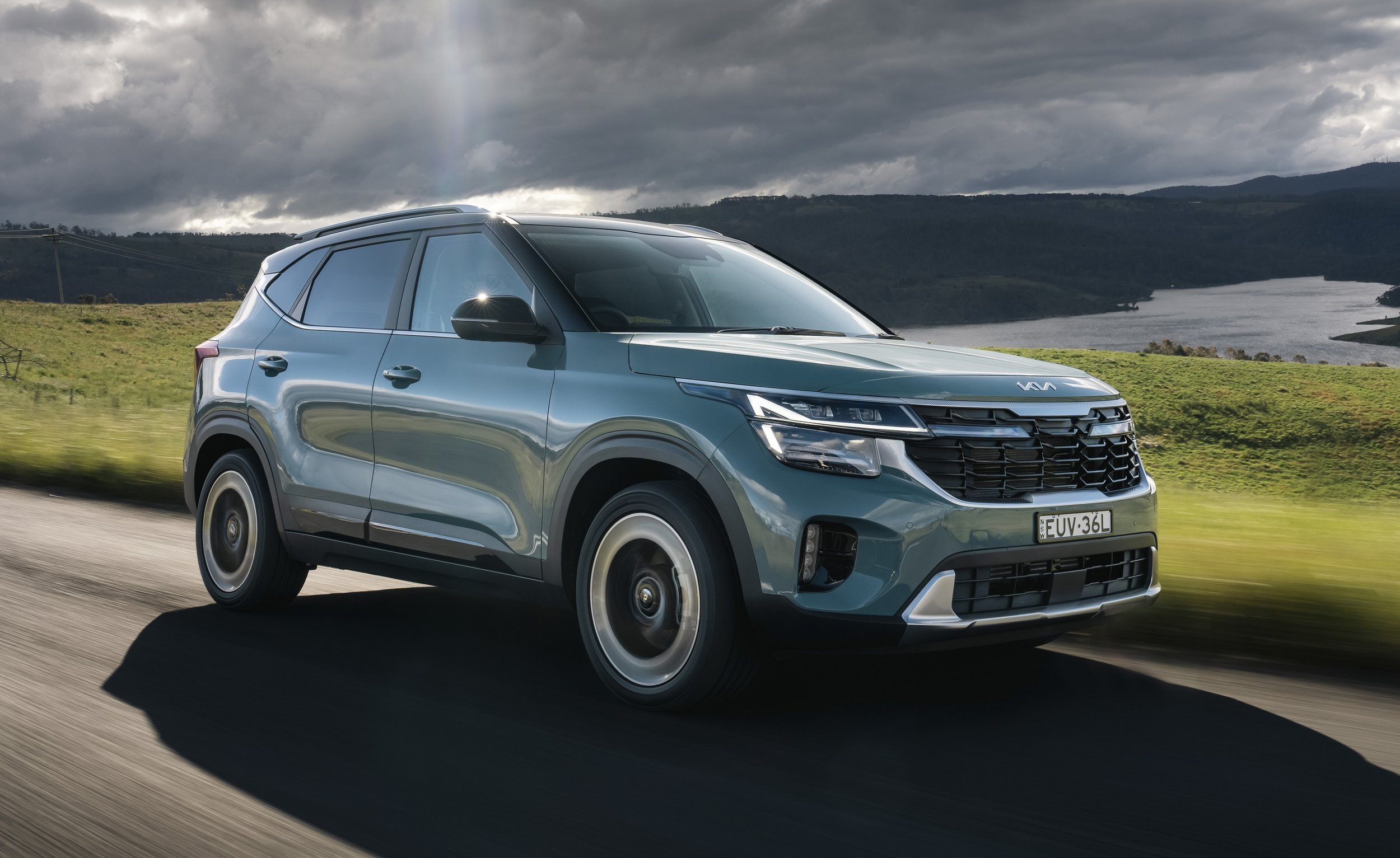
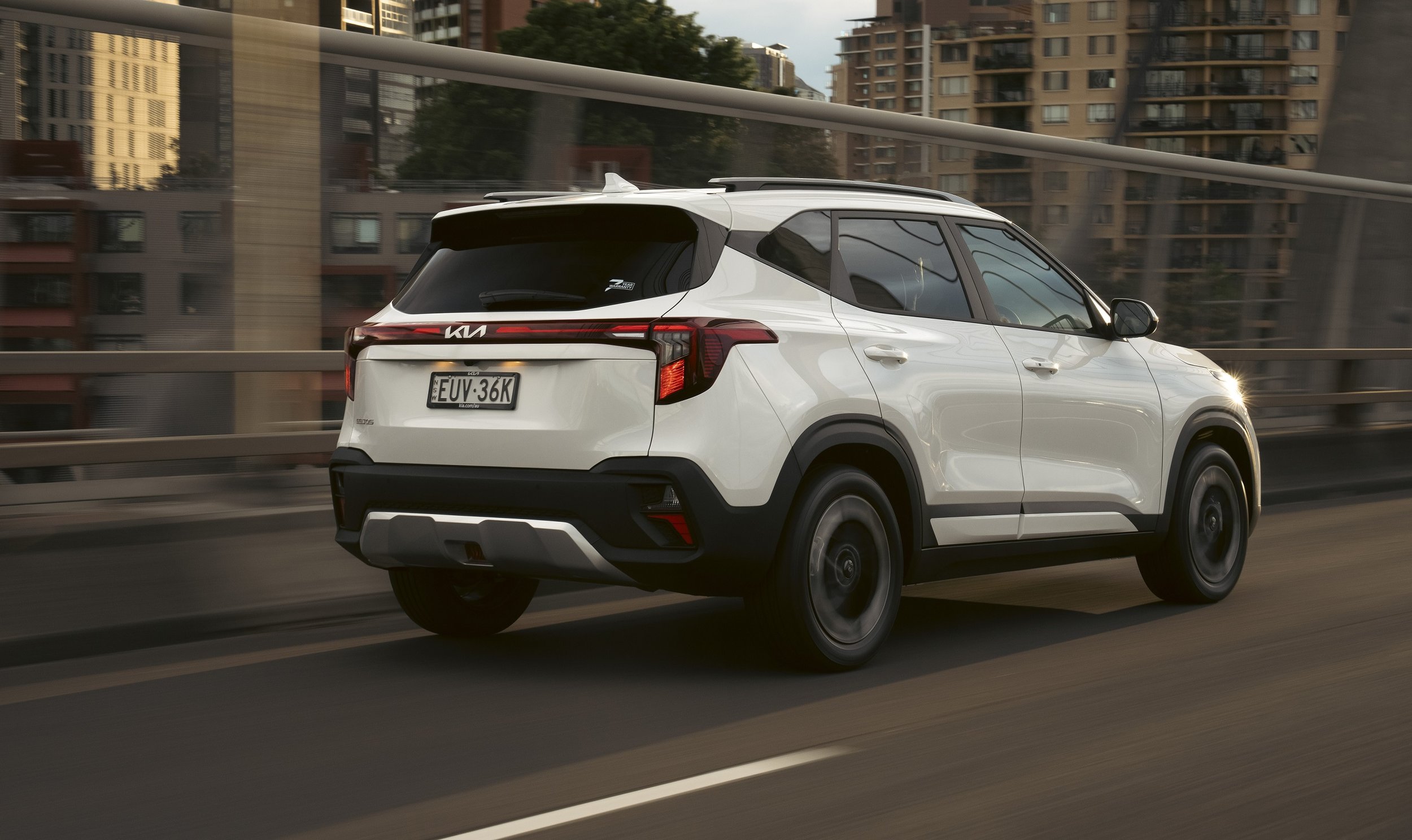
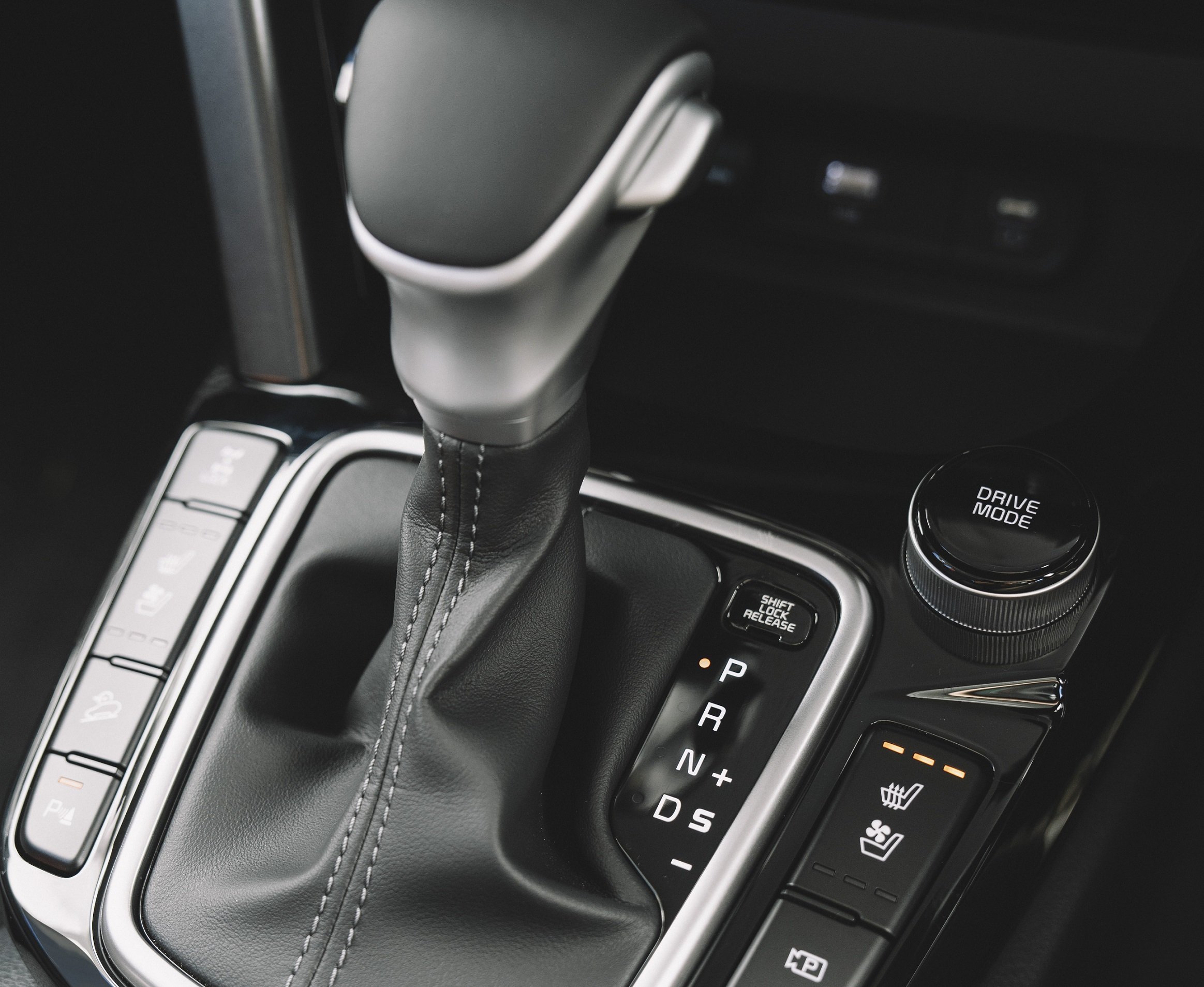
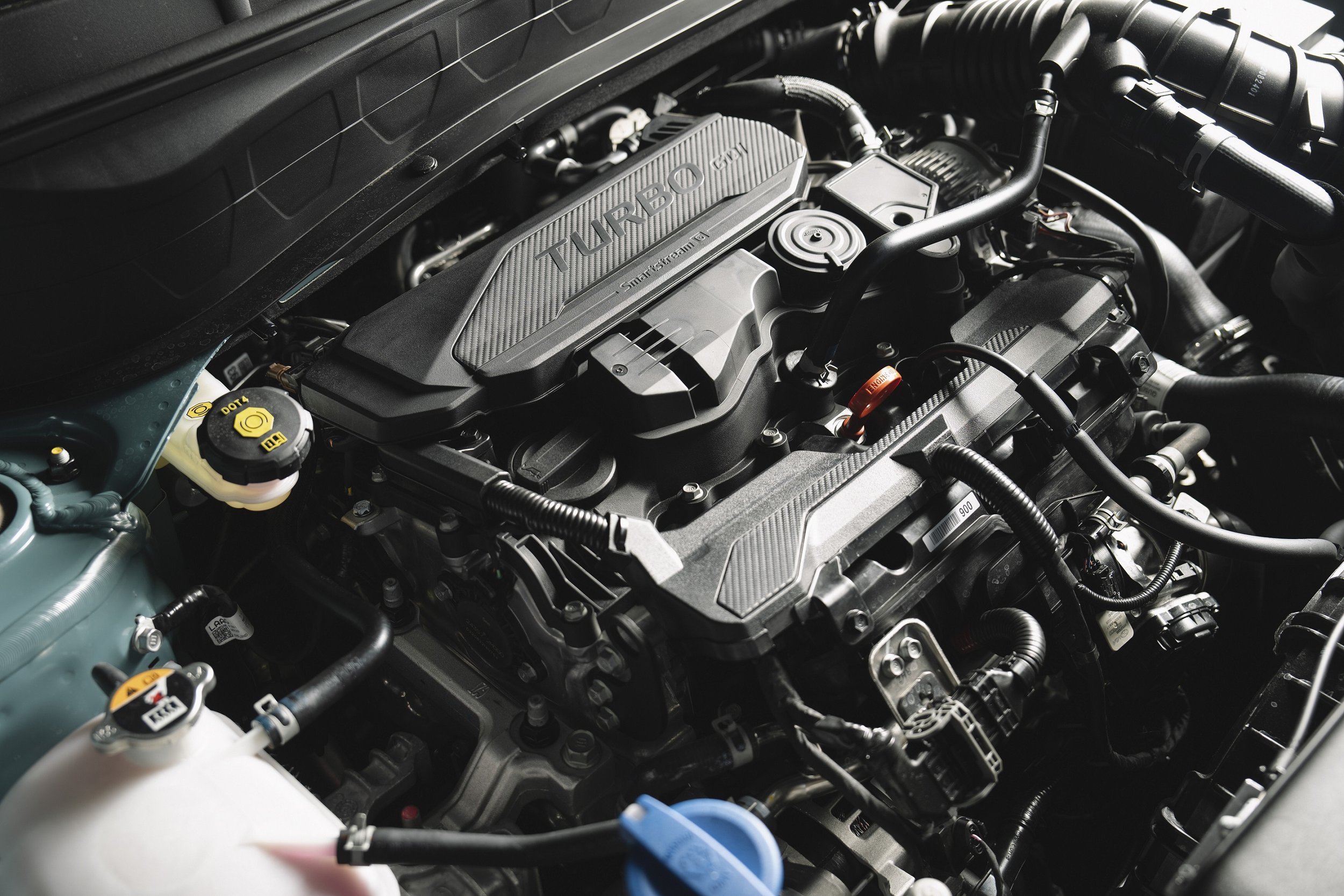
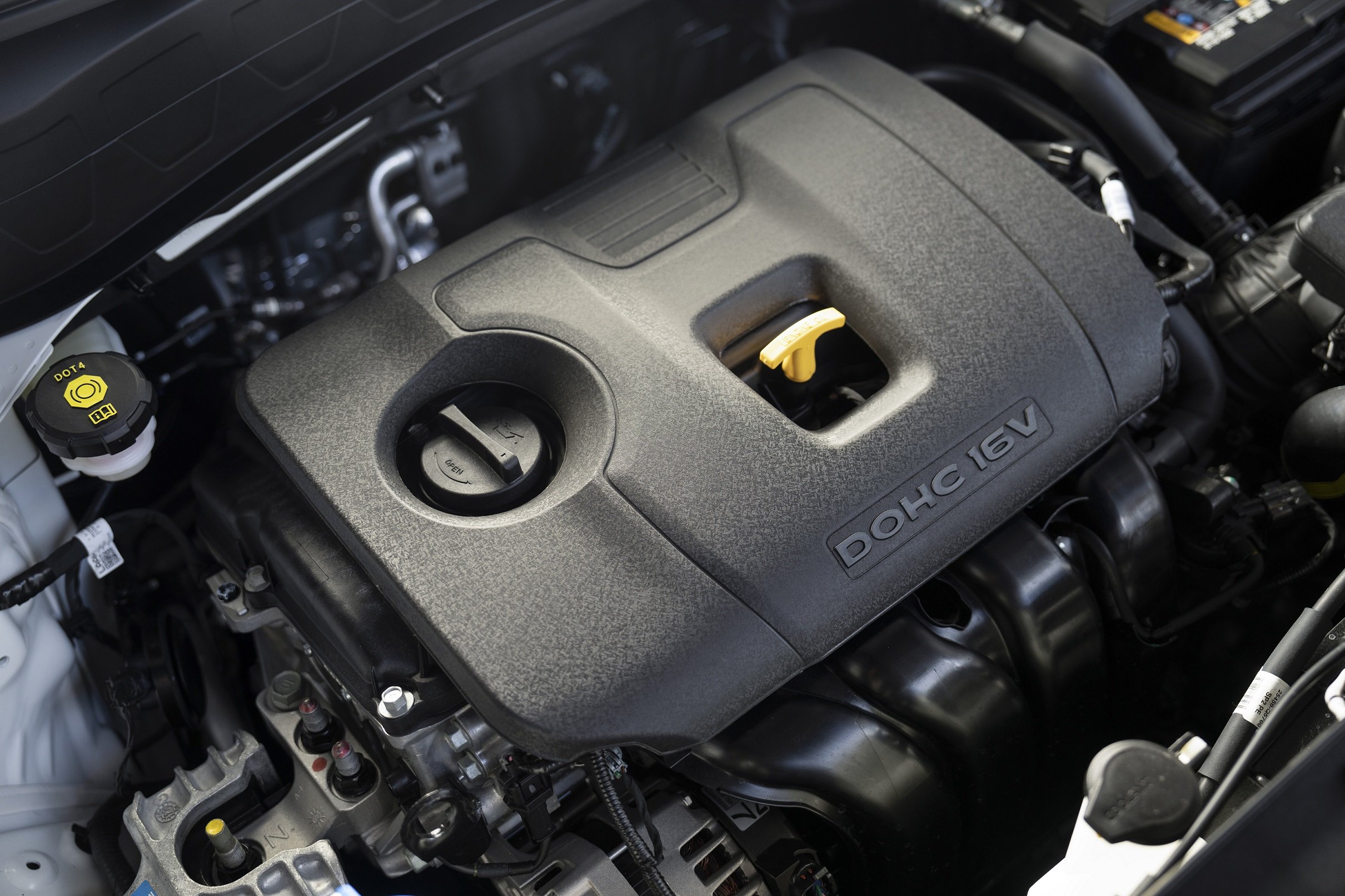


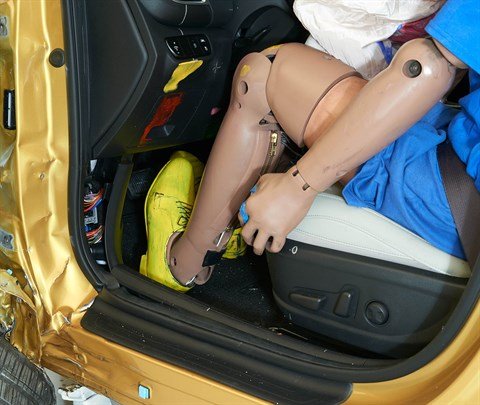
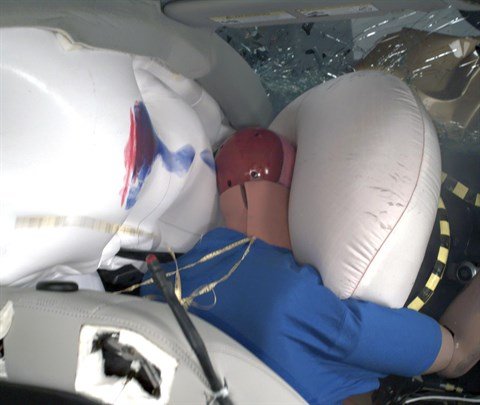

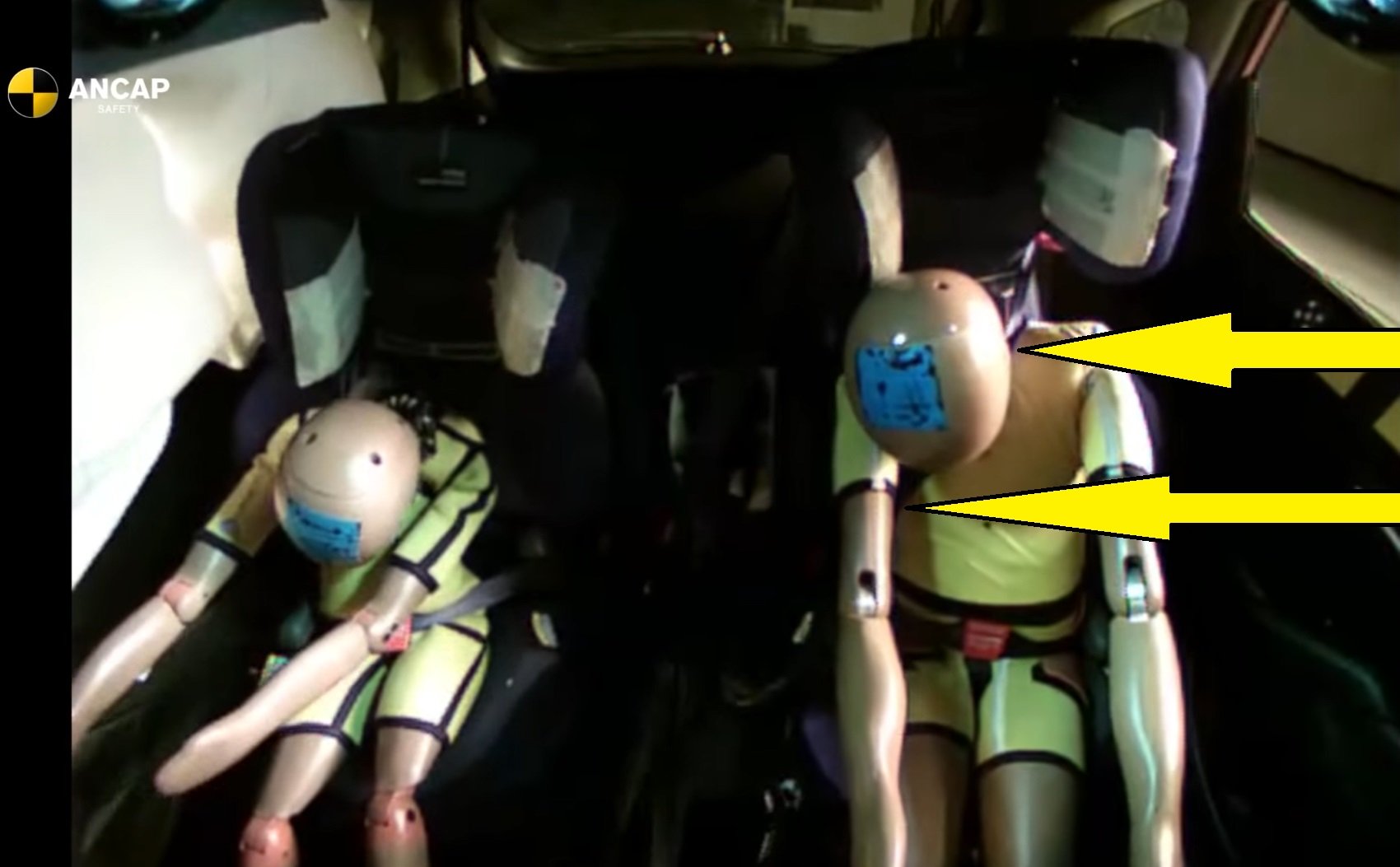
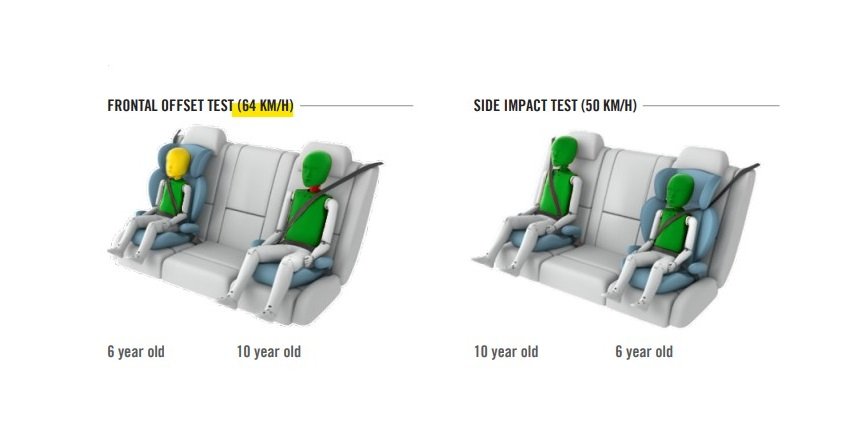


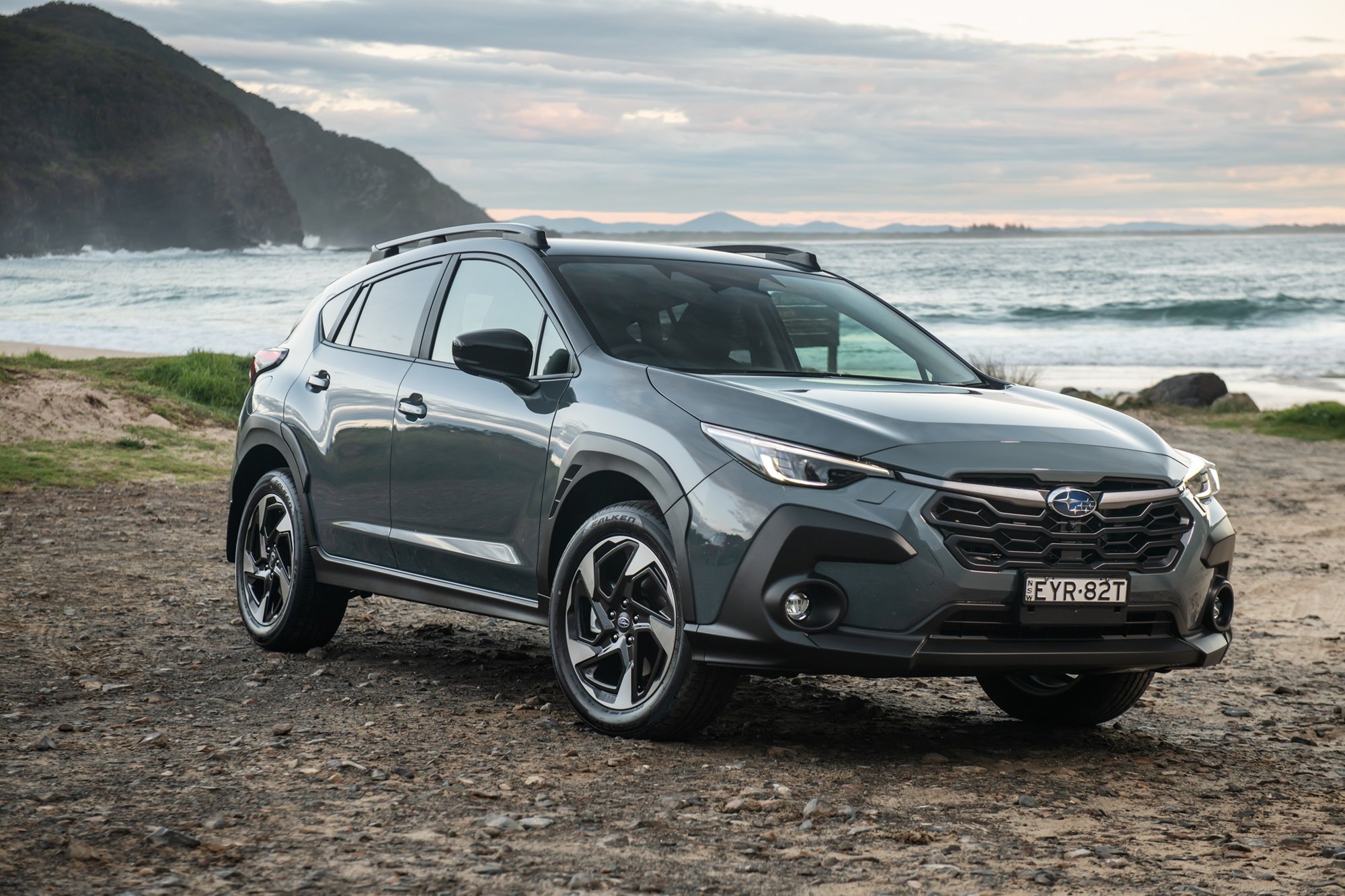


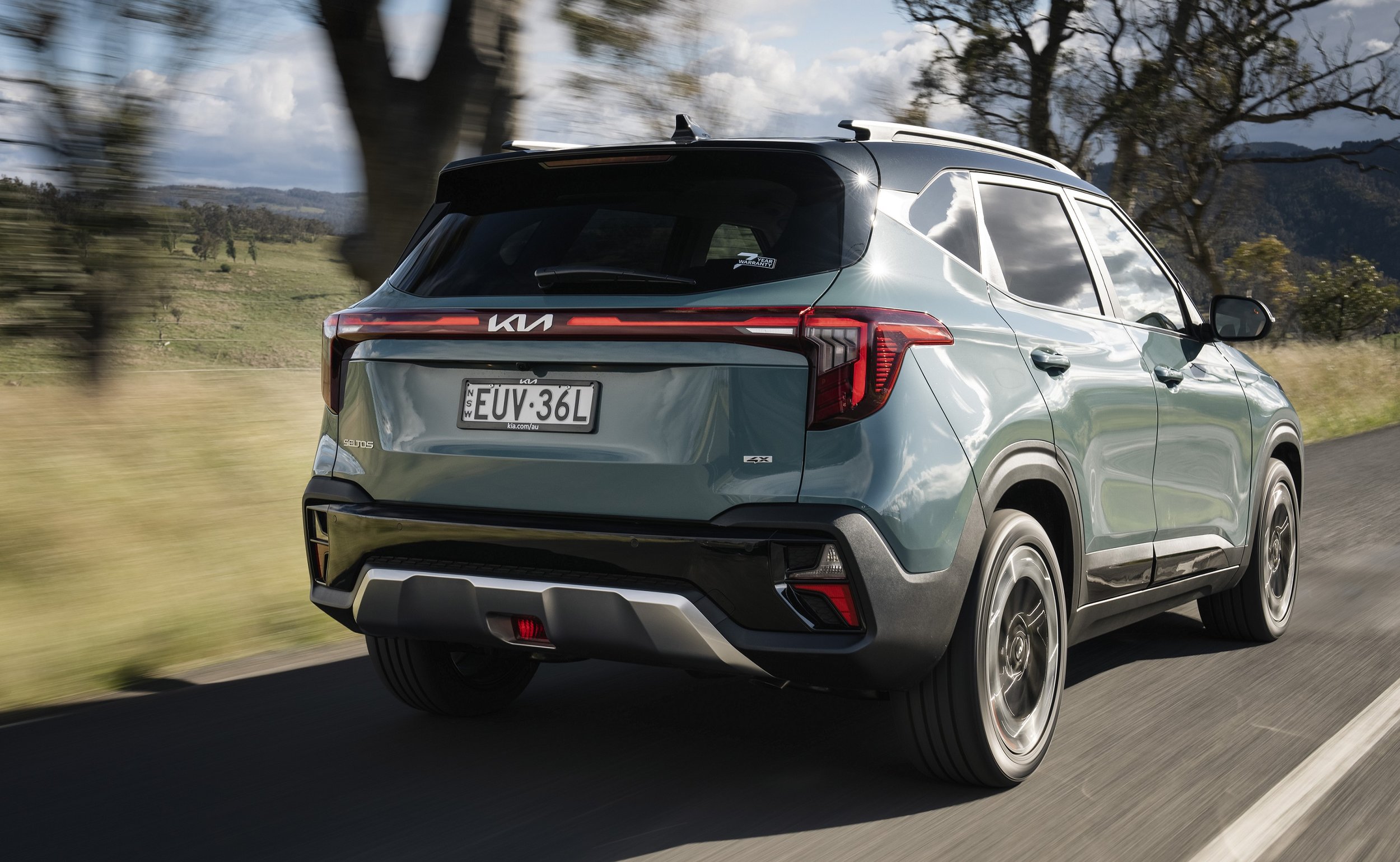




















The smallest SUV in Toyota’s line-up offers good value, affordability and compactness. So let’s see if it’s worth your time and money in the context of its nearest competitors.